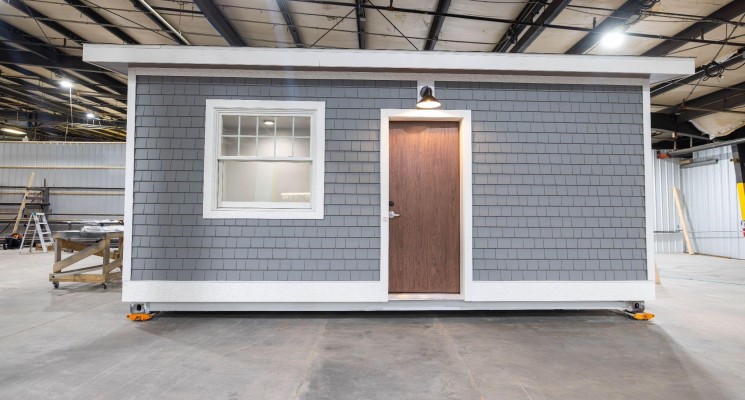
How Shipping Containers Contribute to Sustainable Living
How Shipping Containers Contribute to Sustainable Living
In today’s world, sustainability is no longer just a trend—it’s a necessity. As we face increasing environmental challenges, individuals and businesses alike are exploring innovative ways to reduce their carbon footprint. One such solution that has been gaining traction is the use of shipping containers, which not only serve their primary purpose of transporting goods but also offer a second life as eco-friendly building materials. Let’s dive into how shipping containers are making a positive impact on sustainable living.
1. Recycling on a Large Scale
Each year, millions of shipping containers are retired after reaching the end of their traditional lifespan. Rather than allowing them to sit idle or contribute to waste, many of these containers are being recycled into new structures. This repurposing reduces the need for new materials, which in turn cuts down on the energy and resources required for manufacturing. Therefore, shipping containers contribute to sustainable living in amazing ways.
By converting these containers into homes, offices, storage, or even pop-up shops, we are able to give these metal giants a new life, minimizing the waste that would otherwise go to landfills.
2. Energy Efficiency
Shipping containers, when properly modified, can be incredibly energy efficient. The strong steel frame provides a durable structure, and with the right insulation and modifications, these containers can be transformed into energy-efficient living spaces.
Solar panels, energy-efficient windows, and LED lighting can all be incorporated into container structures, significantly reducing their environmental impact. In areas with fluctuating climates, proper insulation helps to maintain a comfortable indoor environment while minimizing energy consumption.
3. Lowering Carbon Footprint
Traditional building materials such as wood, brick, and concrete require extensive manufacturing processes that emit harmful carbon dioxide (CO2) into the atmosphere. Shipping container homes reduce the need for such materials, thus lowering the overall carbon footprint of construction projects.
Additionally, by opting for a container that has already been produced, you’re effectively utilizing an existing resource instead of contributing to the demand for new construction materials.
4. Promoting Green Architecture
Shipping container architecture is often associated with “green building” or sustainable architecture, which prioritizes eco-friendly designs. The modular nature of containers allows for flexibility in design and scalability. They can be stacked, arranged, and customized to fit various needs, reducing the need for extensive site development or invasive construction methods.
This versatility opens up possibilities for eco-conscious urban planners and architects to create innovative, environmentally responsible structures that align with the principles of sustainable living.
5. Off-Grid Living Potential
One of the most exciting aspects of shipping containers is their potential for off-grid living. Many people are choosing to escape traditional housing and build container homes that are completely self-sufficient. These off-grid solutions often include rainwater harvesting systems, composting toilets, and renewable energy sources like solar or wind power.
By using shipping containers in off-grid scenarios, individuals can reduce their reliance on public utilities and minimize their environmental impact while still enjoying modern conveniences.
6. Affordability and Accessibility
Sustainability is not only about the environment—it’s also about creating solutions that are accessible and affordable. Shipping containers offer an economical alternative to traditional building materials, making sustainable housing more accessible to a broader audience. This affordability, combined with their ease of transport, means that shipping container structures can be deployed quickly and in various locations, including disaster zones or areas with housing shortages.
Shipping containers are much more than a tool for global trade—they are a valuable asset in the fight for a more sustainable world. By repurposing these sturdy, versatile structures, we can reduce waste, conserve energy, and create affordable, eco-friendly living spaces. Whether you’re looking to build a tiny home, start a sustainable business, or simply reduce your carbon footprint, shipping containers may be the perfect solution!
We at UsedConex.com offer affordable solutions for your shipping container needs and you can get a quote completely free of charge. Get a free quote today!




